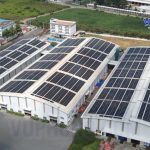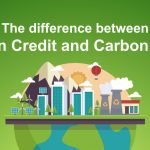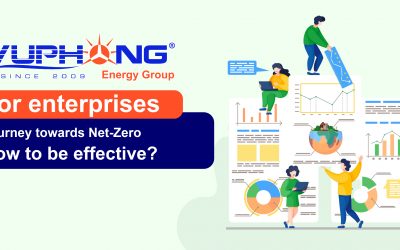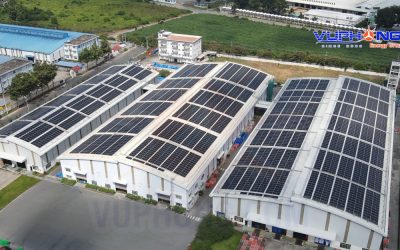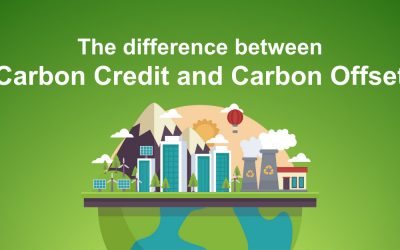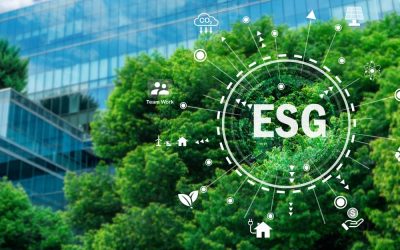
Many countries are investing in renewable energy, which is considered the future of the global energy industry due to its numerous advantages. However, it also has some disadvantages that need to be considered. Here are the advantages and disadvantages of renewable energy.
- What are the advantages of businesses pursuing sustainable development?
- Sun, Savings, and Surprises: The Truth About Going Off-grid solar power
- Advantages of solar energy in 2019 — this is why solar is booming!
What is renewable energy, and what types of renewable energy are there?
Renewable energy is a term used to refer to energy from continuous and infinite sources according to human standards. Types of renewable energy include:
Solar energy
The most plentiful source of energy is solar energy, which may even be used under overcast conditions. The rate at which the Earth absorbs solar energy is around 10,000 times higher than the rate at which people use energy.
For a wide range of uses, solar systems can provide heat, cooling, natural lighting, power, and fuels. Solar technologies can use photovoltaic panels or solar radiation-concentrating mirrors to turn sunlight into electrical energy.
Although not all nations have the same access to solar energy, direct solar energy may nevertheless make a major contribution to any nation’s energy mix.
Solar panels are now not only accessible, but frequently the cheapest source of power because to a sharp decline in the cost of solar panel production over the past ten years. Solar panels come in a range of colors based on the type of material used in their manufacture and have an average lifespan of 30 years.
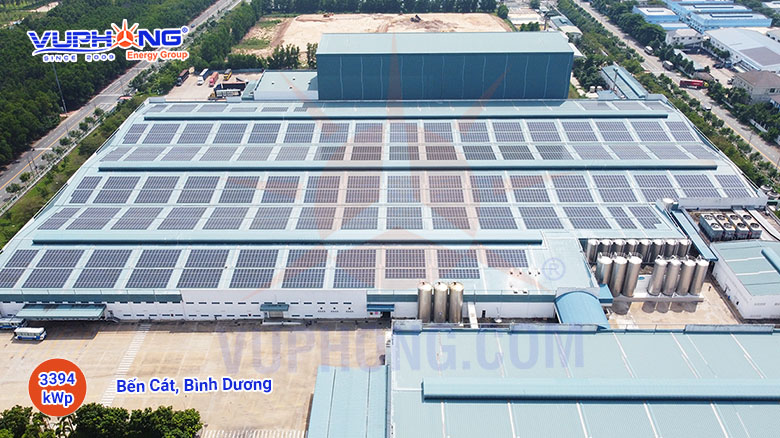
Wind energy
Using enormous wind turbines that are installed on land (onshore), in saltwater, or freshwater, wind energy captures the kinetic energy of flowing air (offshore). Although wind energy has been utilized for thousands of years, onshore and offshore wind energy technology have advanced recently to optimize the amount of electricity produced, using higher turbines and bigger rotor diameters.
Despite the fact that average wind speeds vary greatly from place to place, most locations of the world have the potential for considerable wind energy deployment. In fact, the technological potential for wind energy is more than the worldwide power output.
Strong winds may be found in many locations across the world, but often distant areas are the greatest for producing wind energy. Offshore wind energy has a lot of promise.
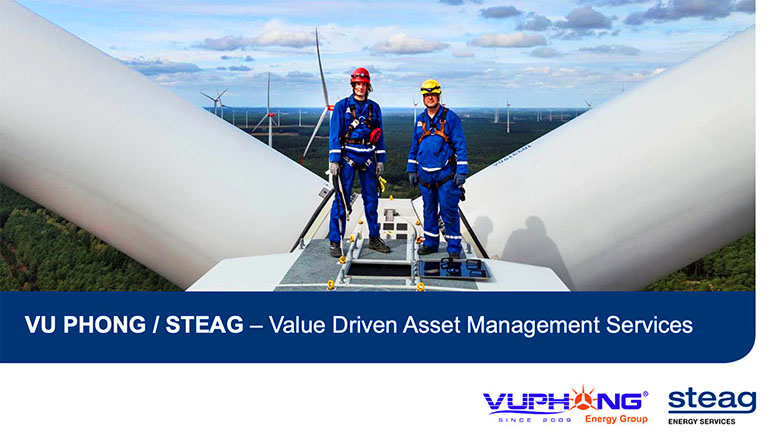
Geothermal energy
Geothermal energy makes use of the thermal energy that is available from the Earth’s interior. Geothermal reservoirs can be heated via wells or other methods.
Hydrothermal reservoirs are those that are naturally sufficiently hot and permeable, whereas enhanced geothermal systems are those that are naturally adequately hot but improved by hydraulic stimulation.
Different temperature fluids can be utilized to produce electricity once they reach the surface. As it has been in use for more than a century, the technology for producing energy from hydrothermal reservoirs is established, dependable, and mature.
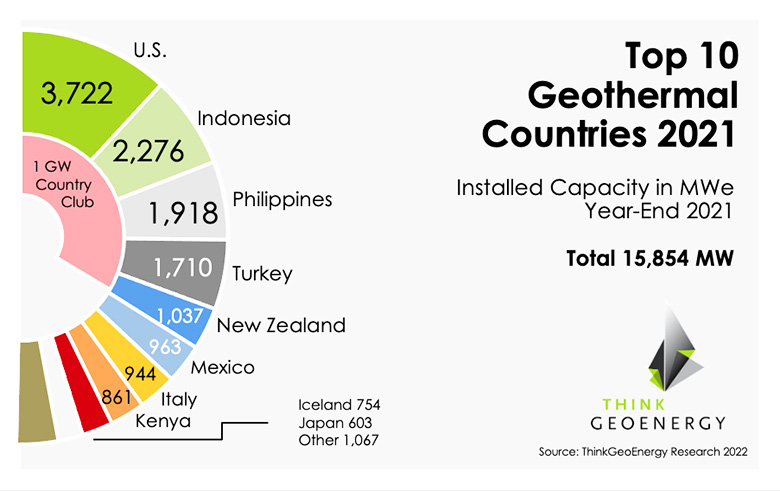
Tidal energy
The natural rise and fall of tides brought on by the gravitational interaction of Earth, the sun, and the moon results in a source of energy known as tidal energy. As water moves more quickly through a constriction, it creates tidal currents with enough energy to be harvested. Tidal energy may be transformed into usable kinds of power, including electricity, by placing specifically designed generators in the right places.

Biomass energy
Bioenergy is made from various organic resources, known as biomass, including wood, charcoal, dung, and other manures for the generation of heat and electricity, as well as agricultural crops for the creation of liquid biofuels. The majority of biomass is utilized by impoverished populations in developing nations in rural regions for cooking, lighting, and space heating.
Dedicated plants or trees, agricultural and forestry waste products, and diverse organic waste streams are all used in modern biomass systems.
When biomass is used for energy, greenhouse gas emissions are produced, although at a lesser rate than when fossil fuels like coal, oil, or gas are burned. Nevertheless, given possible adverse environmental effects connected to significant expansions in forest and bioenergy plantings, and the ensuing deforestation and land-use change, bioenergy should only be employed in restricted applications.

Renewable energy is the cleanest source of energy on the planet and the future of the global energy industry. They offer benefits over fossil fuels, but they also have certain drawbacks. Here are the advantages and disadvantages of renewable energy:
Renewable energy advantages and disadvantages
Renewable energy advantages
The first renewable energy’s advantage is that it can be renewed, has vast reserves, and is nearly endless. Solar, wind, geothermal, waves, rain, and other renewable energy sources are widely accessible and cost-free. Biomass energy provides a vast reserve as well as cheap fuel costs. This advantage is superior to traditional energy sources like coal, oil, and natural gas, which are becoming more depleted and can only meet human energy demands for another 50-70 years.
Many figures show that utilizing renewable energy to generate electricity is much more efficient than traditional energy. Traditional energy sources are converted into electricity via a complicated process in thermal power plants, but they can never be converted 100%. In reality, most of the heat generated is dispersed and wasted. In the United Kingdom, for example, 54% of heat is wasted during the generation of electricity from gas, 66% of electricity is wasted during the manufacture of coal, and 65% of nuclear energy is wasted. In contrast, energy is not lost in the electricity generation process with renewable energy since, even if the efficiency is lower, the sources are endless.
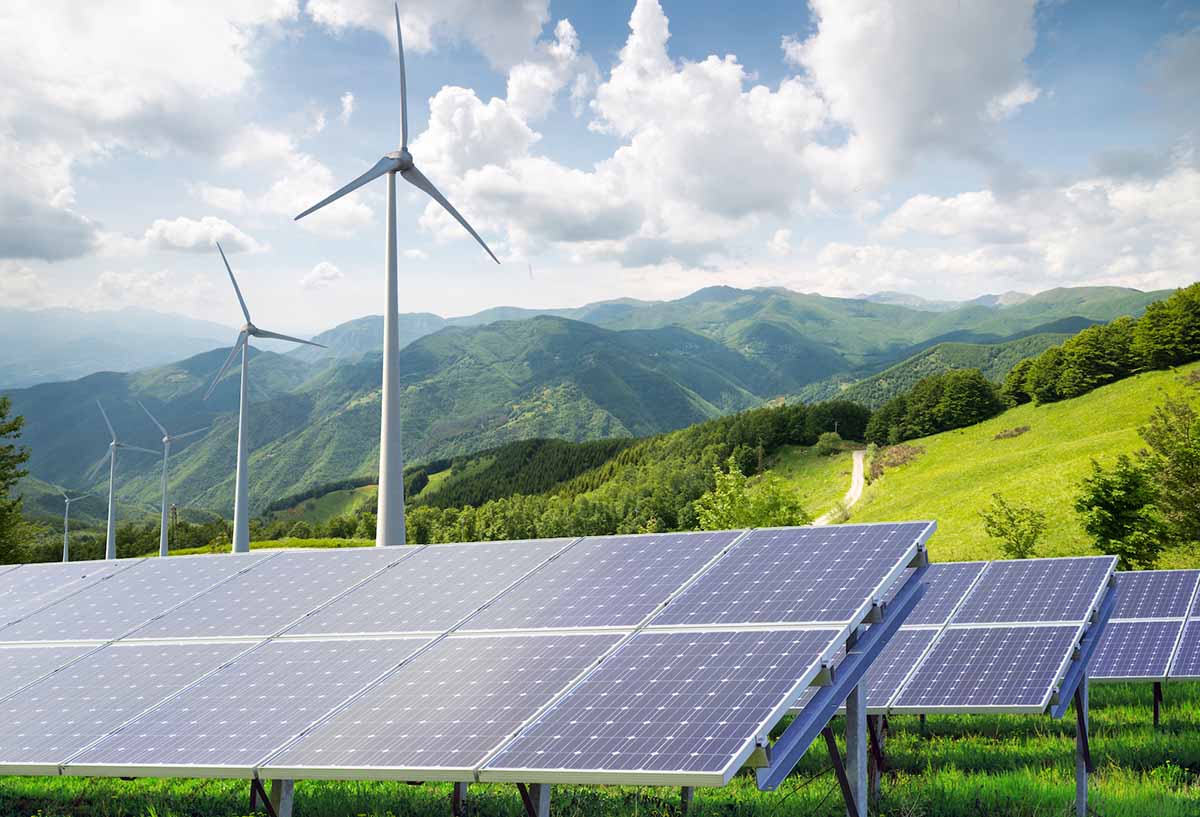
Renewable energy sources are all clean energy, environmentally friendly and emit less carbon during production and conversion. As a result, renewable energy is recognized as a solution to combat climate change, which is increasingly affecting human life and helps in the ecology’s protection. Renewable energy does not influence the natural environment, does not pollute the air, does not contribute to global warming, and does not generate greenhouse effects,… which is a benefit that people need.
The third renewable energy advantage is abundance, which may be widely exploited in many parts of the earth. Solar energy, for example, may be harnessed everywhere there is sunshine and used to generate heat for hot water, heating, and electricity production through a solar power system using solar panels… Wind energy, on the other hand, has been utilized for hundreds of years to propel sailing ships, balloons, and wind turbines for irrigation systems.
Furthermore, depending on the type of renewable energy, it has its advantages. For example, wind energy takes up very little space; using biomass energy from agricultural and industrial waste helps reduce landfill waste; developing crops for biomass energy increases oxygen levels and reduces CO2 for the environment…
Renewable energy’s disadvantages
Besides the advantages, renewable energy also has obvious disadvantages, such as:
Renewable energy has lower stability than traditional energy sources since it is impacted by nature. Solar energy may only be used during the day on sunny days; the system will not work at night or on cloudy, rainy days. Similarly, wind turbines can only generate electricity when the wind speed is between 4 and 25 meters per second. Wind speed must be at least 4 m/s for turbines to begin functioning smoothly and producing electricity; however, if wind speed reaches 25 m/s, the turbines will stop working to minimize damage in high wind conditions.
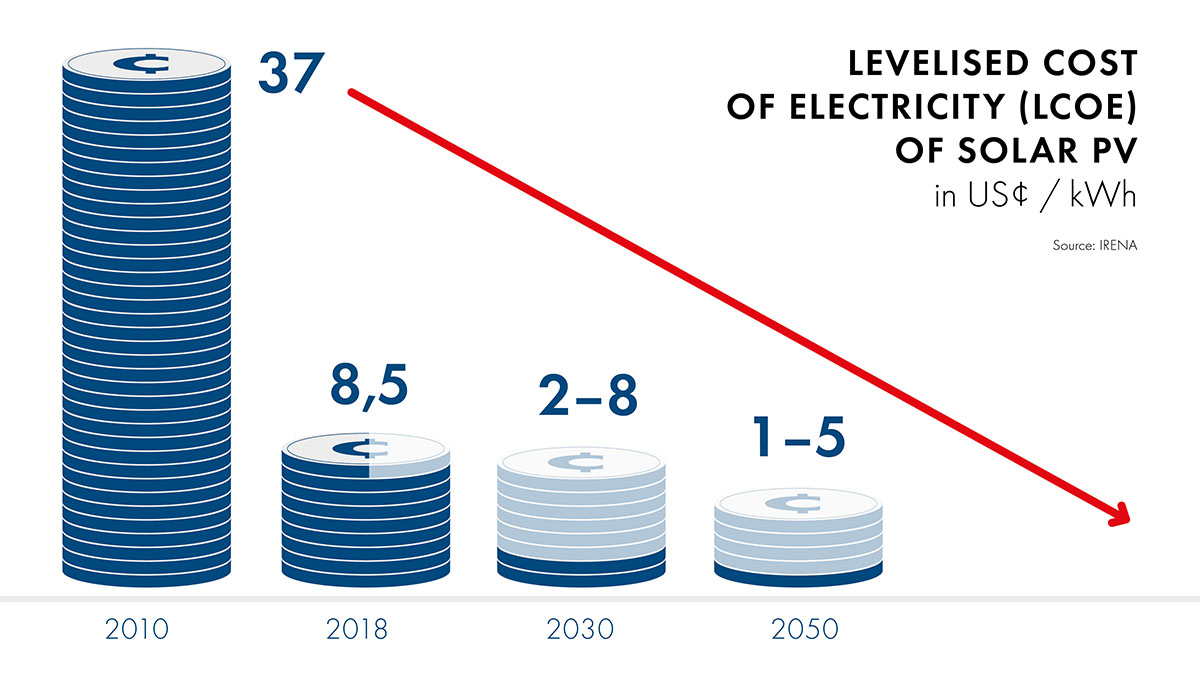
Renewable energy also has a disadvantage in terms of complex technology and high costs. Advanced technology and large investment expenses are required to produce power from renewable energy sources. Currently, the cost of generating electricity from renewable energy sources is typically greater than fossil fuel production. However, the worldwide trend toward renewable energy has helped to lower prices and boost efficiency, progressively overcoming this disadvantage.
From these renewable energy advantages and disadvantages, it is clear that generating renewable energy has several advantages, and correctly using these clean energy sources is a means to secure both the development and protection of the planet.
This is some information to help you better understand the advantages and disadvantages of renewable energy from a practical perspective. If you need more information on solar energy or assistance on how to install solar energy, please contact Our Call Center via 1800 7171 or +84 9 1800 7171 or send an email to hello@vuphong.com.
See more Vietnamese articles : https://vuphong.vn/uu-nhuoc-diem-cua-nang-luong-tai-tao/


